Omani artists ponder past, future, environment and identity at first Venice pavilion
The Sultanate of Oman’s first national pavilion at the Venice Biennale, ‘Destined Imaginaries’, offers a snapshot of the country’s vibrant creative landscape and bold cultural ambitions

David Levene - Photography
Among the national debuts at the Venice Biennale 2022, the pavilion of the Sultanate of Oman stands out for its diversity of artistic talent. Its exhibition, titled ‘Destined Imaginaries’, brings together five Omani artists across three generations: Anwar Sonya, Hassan Meer, Budoor Al Riyami, Radhika Khimji and Raiya Al Rawahi, whose work here presents abstract habitats of future relics largely inspired by their experiences of the Covid pandemic, and offers a snapshot of the country’s vibrant creative landscape.
The pavilion’s curator, art historian Aisha Stoby, encouraged the participating artists to reflect on the past two years, ‘not in literal terms, but rather universally’, and to respond to a question raised by the Biennale’s artistic director Cecilia Alemani: ‘What would life look like without us?’ The result is a quartet of installations that have a broad outlook and resonance, while acknowledging their roots in the country’s landscape, tradition and folklore.

Anwar Sonya and Raiya Al Rawahi, Speed of Art, 2017 – 2022, installation view. Installation consisting of an abstract airplane fuselage and two monitors displaying a filmed performance by Anwar Sonya (five minutes). Commissioned by The Sultanate of Oman Pavilion
The oldest of the participating artists, the septuagenarian Anwar Sonya is revered as the father of Omani art, and is best known for richly coloured paintings that convey the evolution of rural life in his country. It comes as a slight surprise that his contribution to ‘Destined Imaginaries’ is not a painting, but rather a filmed performance, based on a previously unrealised proposal by conceptual artist Raiya Al Rawahi, who sadly passed away from cancer in 2017, aged only 30.
Titled Speed of Art, Sonya’s and Al Rawahi’s collaborative piece meditates on the relationship between art and technology, imagining a future in which artists are being put out of their jobs by artificial intelligence. The film plays inside what appears to be an abandoned aeroplane fuselage, with Sonya reciting an impassioned soliloquy about the importance of artistic creation in response to prompts from Al Rawahi. The artwork ‘is not meant to be optimistic’, explains Stoby, ‘but Anwar gave a powerful, wonderful performance that introduced this element of hope, and introduced this idea of personal voices that changed my perspective on the theme overall’.

Anwar Sonya and Raiya Al Rawahi, Speed of Art, 2017 – 2022, installation view, as above
Adjacent, another leading figure on the Omani art scene, Hassan Meer, presents the latest instalment of his ongoing project Reflection from Memories, which explores Omani life between the 1960s and 1970s. This was an era of modernisation and social change, accelerated by the discovery of oil in the sultanate.
A lot of Omani diaspora moved back, among them Meer’s grandfather, whose suitcases, letters, family photographs and other personal effects are on view.
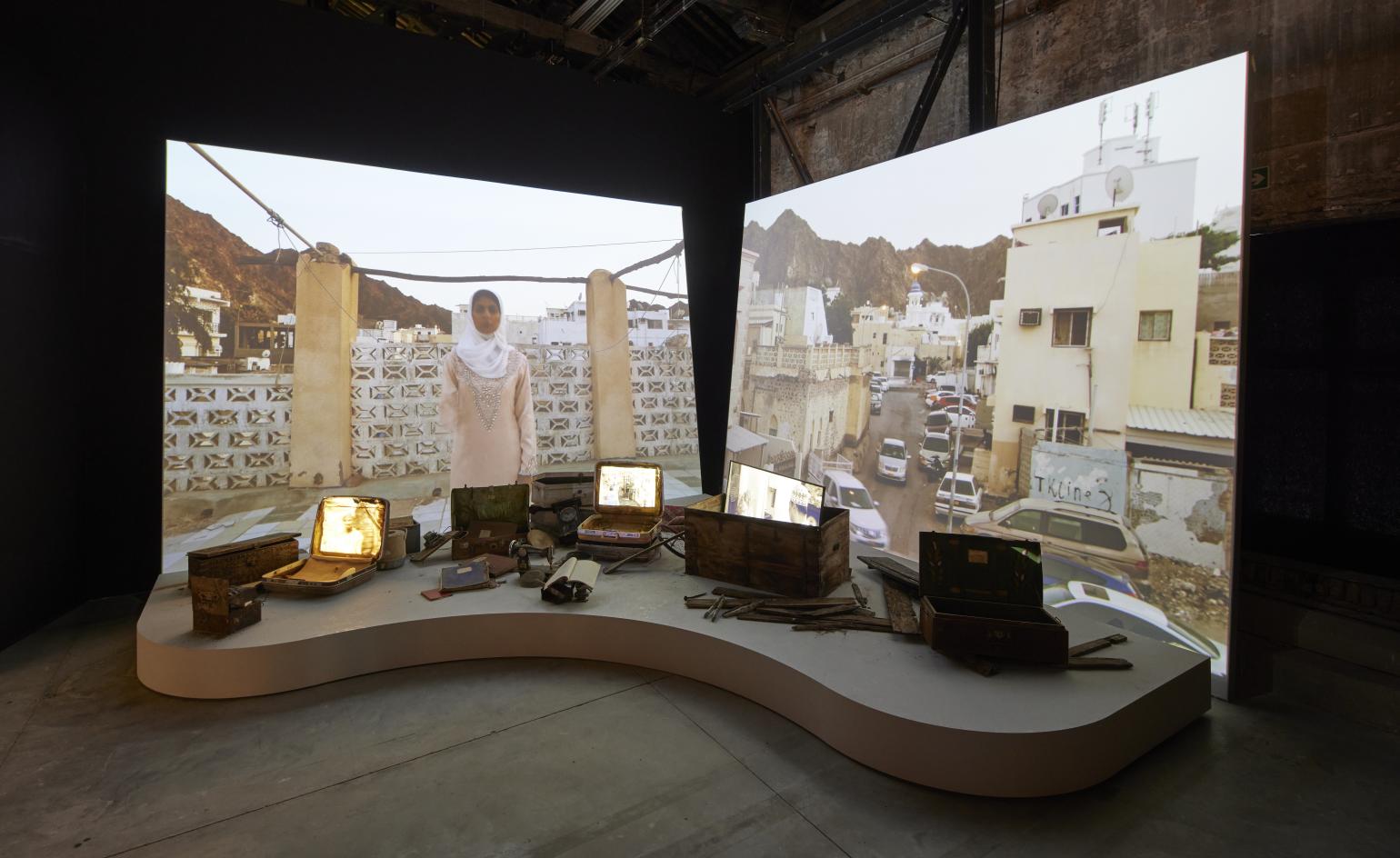
Hassan Meer, Reflections From Memories, 2009 – 2022, installation view. Installation consisting of found objects from houses in the old town of Muttrah in Muscat, Oman, circa 1960 (antique suitcases, mandoos chests, Omani artefacts, personal notebooks and letters), two photographic projects, one photographic slideshow displayed on a stand-up monitor and two films (ten minutes). Commissioned by The Sultanate of Oman Pavilion
Accompanying these are two films by Meer, which the artist explains were inspired by ‘the soul of my grandfather’s old house’.
Wallpaper* Newsletter
Receive our daily digest of inspiration, escapism and design stories from around the world direct to your inbox.
Stoby believes that for many international viewers, ‘it will seem a bit exotic because there’s national dress, and all these objects which they may not recognise. But at the same time, this reflects a period of modernism for all of the Global South, so I hope there will also be a universality in terms of nostalgia and memories.’

Hassan Meer, Reflections From Memories, 2009 – 2022, installation view, Oman Pavilion, Venice Biennale 2022
While Meer’s artwork is rooted in a rapidly modernising Muscat, and particularly the commercial centre of Muttrah, fellow artist Budoor Al Riyami draws her inspiration from Oman’s unique mountainous landscapes. Her installation, titled Breathe (pictured top of this article), is inspired by an igneous rock called peridotite, commonly found in Oman, which ‘inhales’ carbon dioxide – water passing over the rock triggers a mineralisation process, which in turn decarbonises the air.
Al Riyami has created sculptures that emulate the appearance of peridotite (a concession to the limited weight-bearing capacity of the ceiling beams at the Arsenale), which hover over small pools of water that display video clips of human hands manipulating the material. Says Stoby, ‘the idea is to ask how it is that we try and shape our environments when our environments are perfectly capable of shaping themselves’.
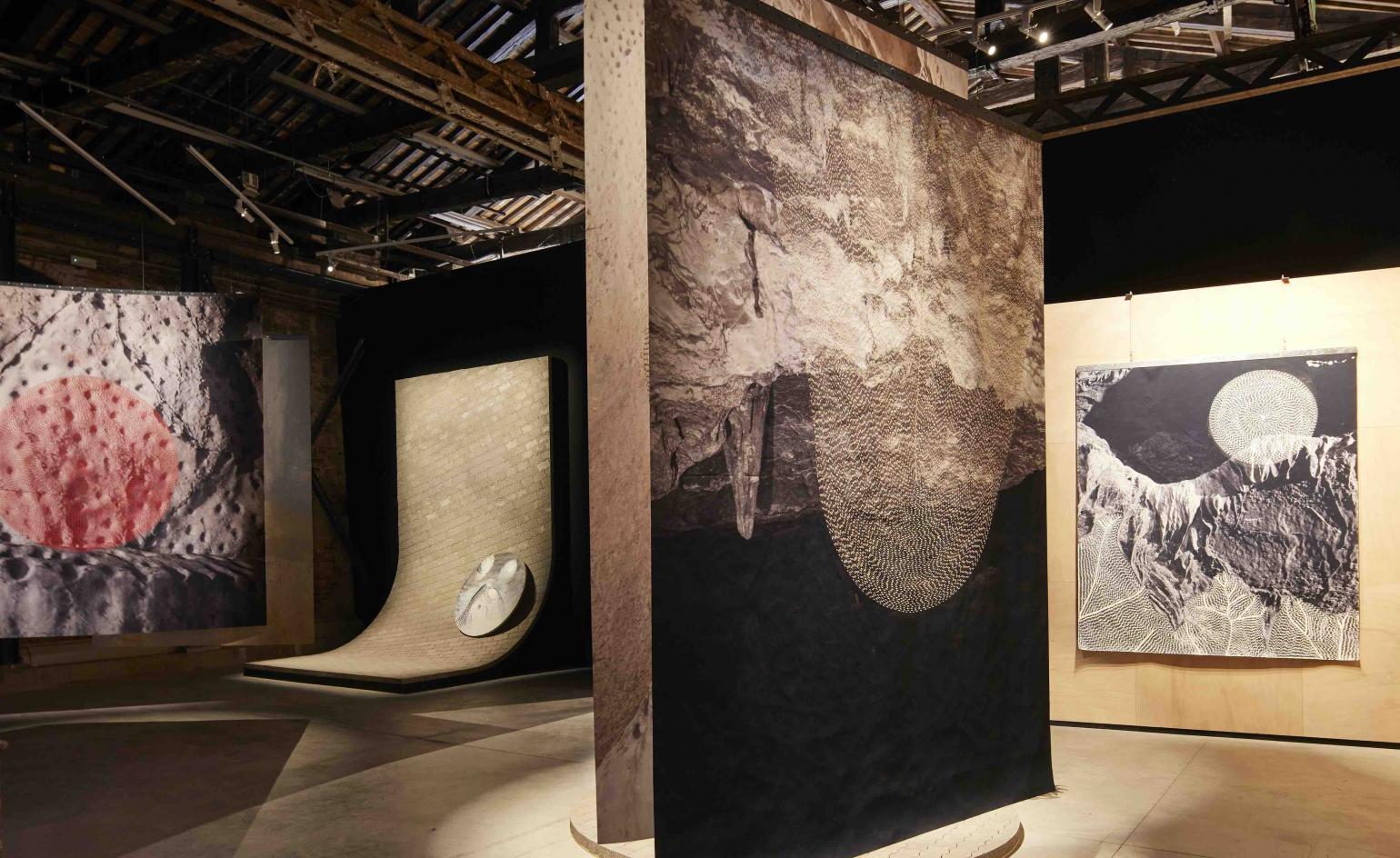
Radhika Khimji, Under, Inner, Under, 2022, installation view. Installation consisting of seven painted textiles, one wooden sculpture, two paintings on wood, one wooden panel and two interlocking tile structures. Commissioned by The Sultanate of Oman Pavilion
Concluding the exhibition is a site-specific work by Radhika Khimji, incorporating textiles, sculptures and walls, all based on the Al Hoota Caves, a two-million-year-old cave system in Dakhiliyah, Oman. Famously, it is home to a rare species of fish that has adapted to the lack of natural light and thus lost its ability to see. Khimji imagines these fish emerging from the caves and contemplating their agency: ‘It’s about how we respond to our environments, and whether our environments define us,’ Stoby describes. ‘A lot of Radhika’s work comes back to national identity, and so it was important to have her voice to show the diversity of Oman, which is such a multicultural society.’
Appropriately, the pavilion design is the work of an Omani architect, Haitham Busafi, a co-founder of Oman’s National Center of Architects. Busafi has kept the spotlight on the artists, while deftly dividing the space and controlling light conditions, so viewers can give each installation the time and attention it deserves. Stoby points out that the exhibition structures hint at the influence of Zaha Hadid, who had been Busafi’s teacher at the University of Applied Arts, Vienna: ‘This style lends itself well to the idea of destiny, and a sort of timelessness that exists outside our present moment. It has a pseudo- futuristic aesthetic, which works out nicely with our themes.’
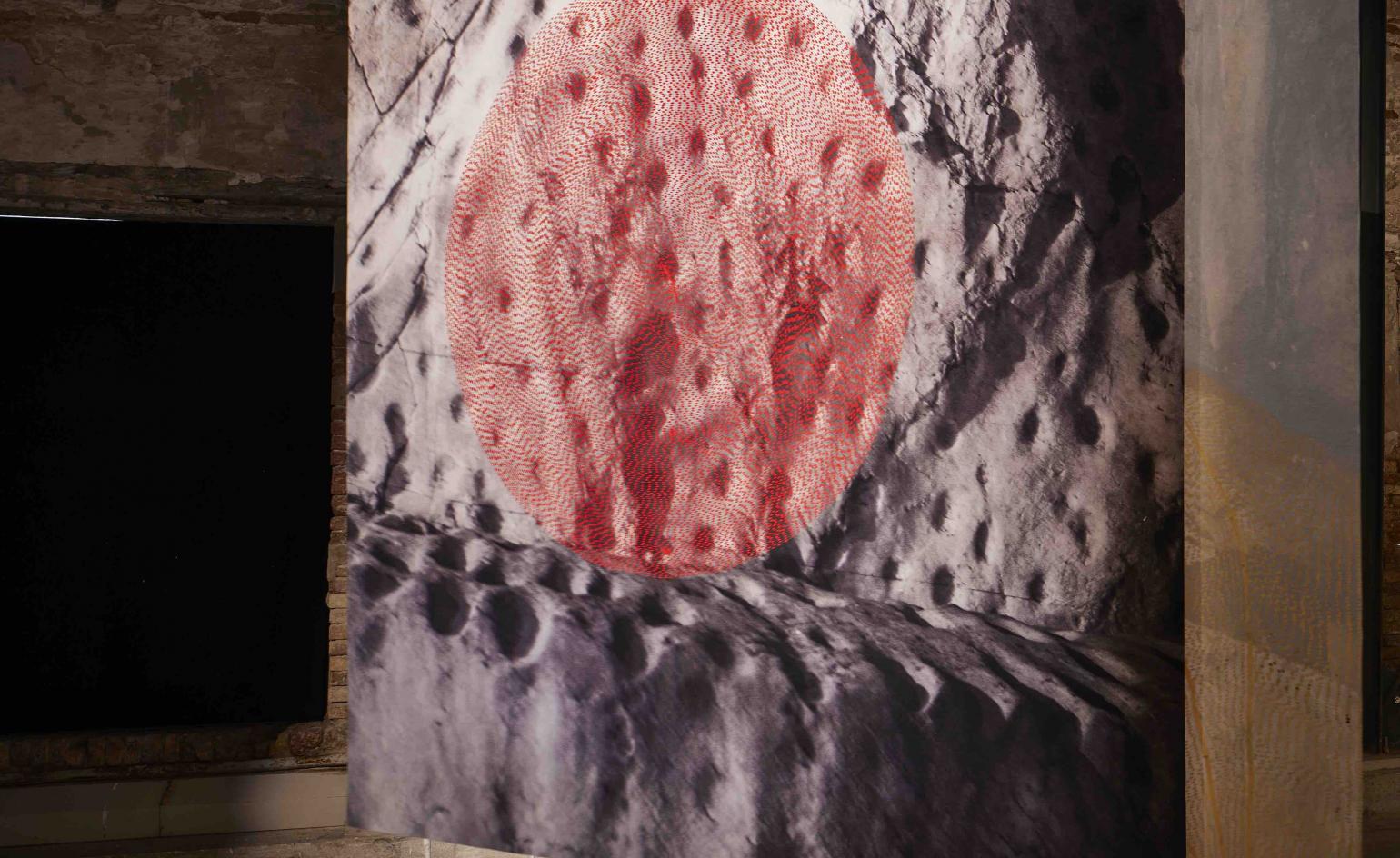
Radhika Khimji, Under, Inner, Under, 2022, installation view, as above
Beyond showcasing the talent and creativity of its five artists, ‘Destined Imaginaries’ is a demonstration of soft power, and a symbol of Oman’s eagerness to engage with the world’s key cultural players. A statement from His Excellency Sayyid Saaed bin Sultan Al Busaidi, the pavilion’s commissioner, and undersecretary for the ministry of culture, sports and youth in Oman, emphasises the pavilion’s goals ‘to position Oman on the international cultural map, to raise awareness of the sultanate's cultural identity at a global level, and to show our commitment to supporting Oman’s cultural development into the future’.
Crucially, there are already plans to take ‘Destined Imaginaries’ on tour in various parts of Oman after the Venice Biennale, so the people of the sultanate can witness the fruits of this cultural investment. ‘We really hope our largest impact will be locally, to introduce this calibre into our art scene and offer this unprecedented level of exposure to our artists,’ says Stoby.
Stoby further reveals that the sultanate already has plans to be in future Biennales, including the Architecture Biennale in 2023, which have emerged as a result of the planning of this pavilion. This inaugural pavilion is a clear declaration of cultural intent and prowess, and a promise that there is much more to come.
INFORMATION
‘Destined Imaginaries’ is presented under the patronage of His Highness Sayyid Theyazin bin Haitham Al Said, minister of culture, sports and youth of the Sultanate of Oman. 23 April – 27 November 2022, Arsenale, Venice, omanpavilion.org; labiennale.org
TF Chan is a former editor of Wallpaper* (2020-23), where he was responsible for the monthly print magazine, planning, commissioning, editing and writing long-lead content across all pillars. He also played a leading role in multi-channel editorial franchises, such as Wallpaper’s annual Design Awards, Guest Editor takeovers and Next Generation series. He aims to create world-class, visually-driven content while championing diversity, international representation and social impact. TF joined Wallpaper* as an intern in January 2013, and served as its commissioning editor from 2017-20, winning a 30 under 30 New Talent Award from the Professional Publishers’ Association. Born and raised in Hong Kong, he holds an undergraduate degree in history from Princeton University.
-
 Australian bathhouse ‘About Time’ bridges softness and brutalism
Australian bathhouse ‘About Time’ bridges softness and brutalism‘About Time’, an Australian bathhouse designed by Goss Studio, balances brutalist architecture and the softness of natural patina in a Japanese-inspired wellness hub
By Ellie Stathaki
-
 Marylebone restaurant Nina turns up the volume on Italian dining
Marylebone restaurant Nina turns up the volume on Italian diningAt Nina, don’t expect a view of the Amalfi Coast. Do expect pasta, leopard print and industrial chic
By Sofia de la Cruz
-
 Tour the wonderful homes of ‘Casa Mexicana’, an ode to residential architecture in Mexico
Tour the wonderful homes of ‘Casa Mexicana’, an ode to residential architecture in Mexico‘Casa Mexicana’ is a new book celebrating the country’s residential architecture, highlighting its influence across the world
By Ellie Stathaki
-
 Saskia Colwell’s playful drawings resemble marble sculptures
Saskia Colwell’s playful drawings resemble marble sculpturesSaskia Colwell draws on classical and modern references for ‘Skin on Skin’, her solo exhibition at Victoria Miro, Venice
By Millie Walton
-
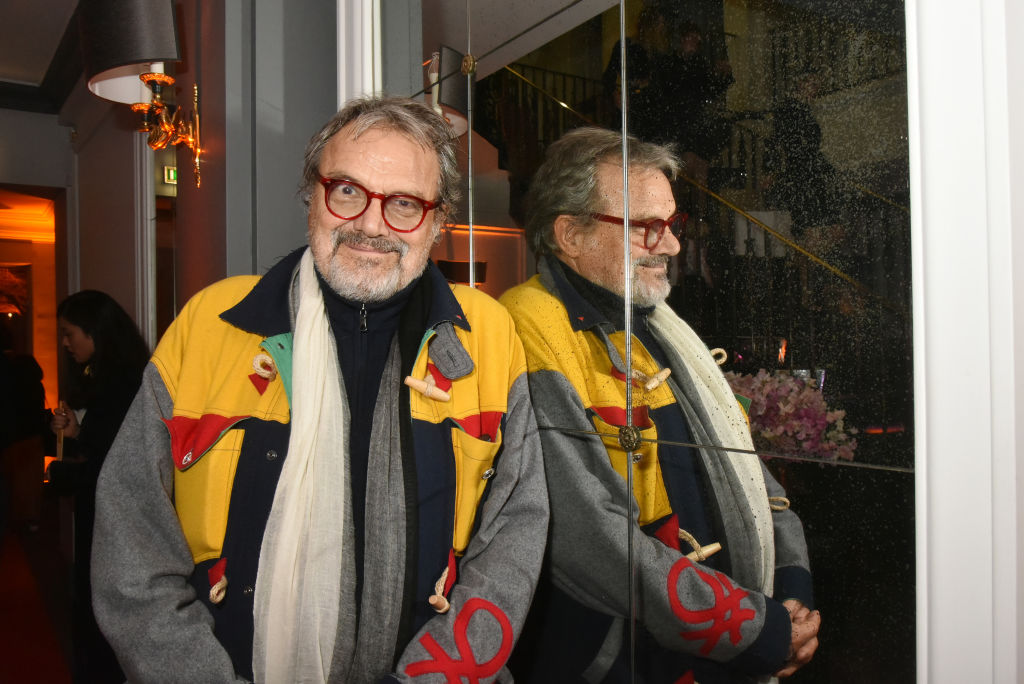 Remembering Oliviero Toscani, fashion photographer and author of provocative Benetton campaigns
Remembering Oliviero Toscani, fashion photographer and author of provocative Benetton campaignsBest known for the controversial adverts he shot for the Italian fashion brand, former art director Oliviero Toscani has died, aged 82
By Anna Solomon
-
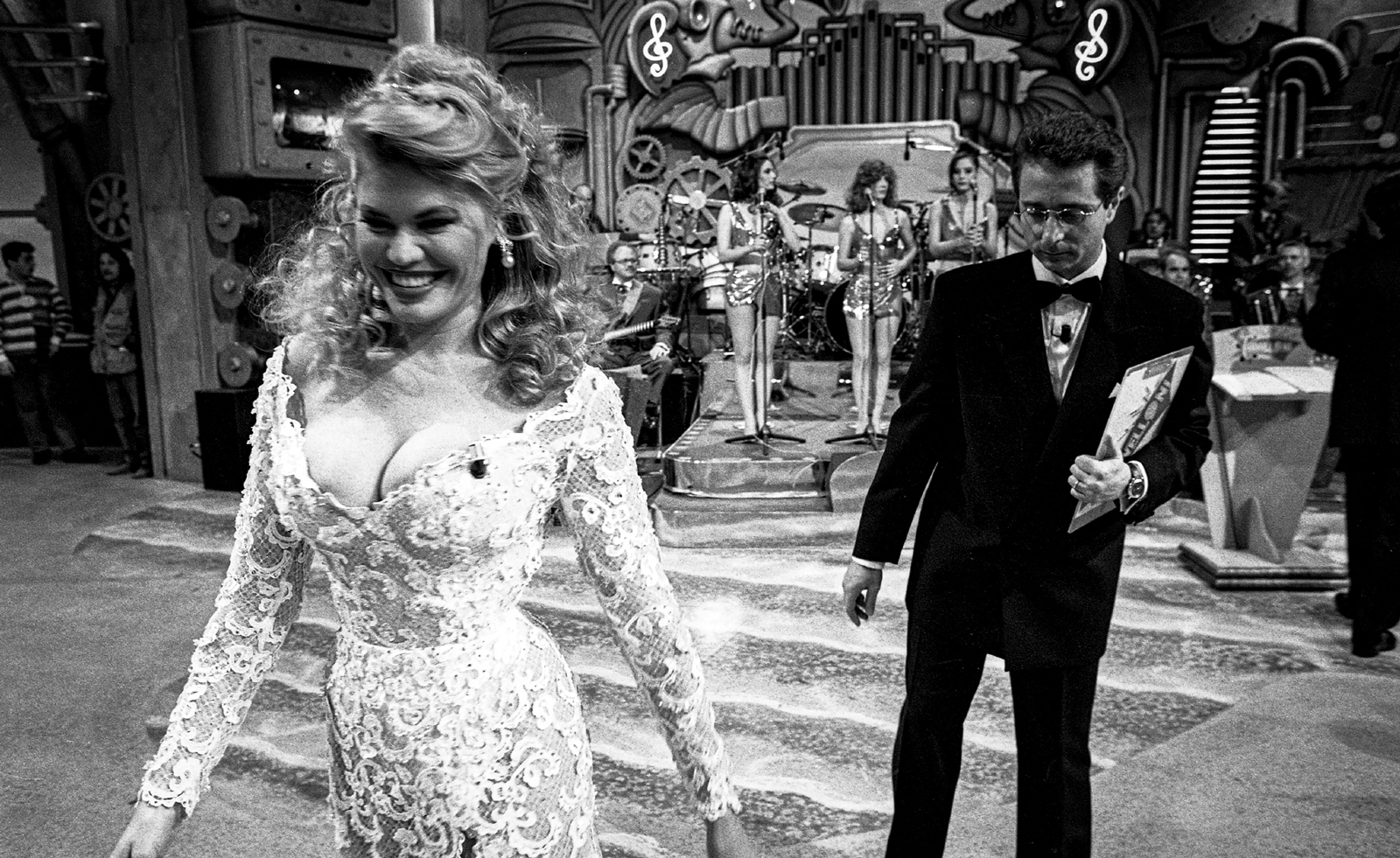 Distracting decadence: how Silvio Berlusconi’s legacy shaped Italian TV
Distracting decadence: how Silvio Berlusconi’s legacy shaped Italian TVStefano De Luigi's monograph Televisiva examines how Berlusconi’s empire reshaped Italian TV, and subsequently infiltrated the premiership
By Zoe Whitfield
-
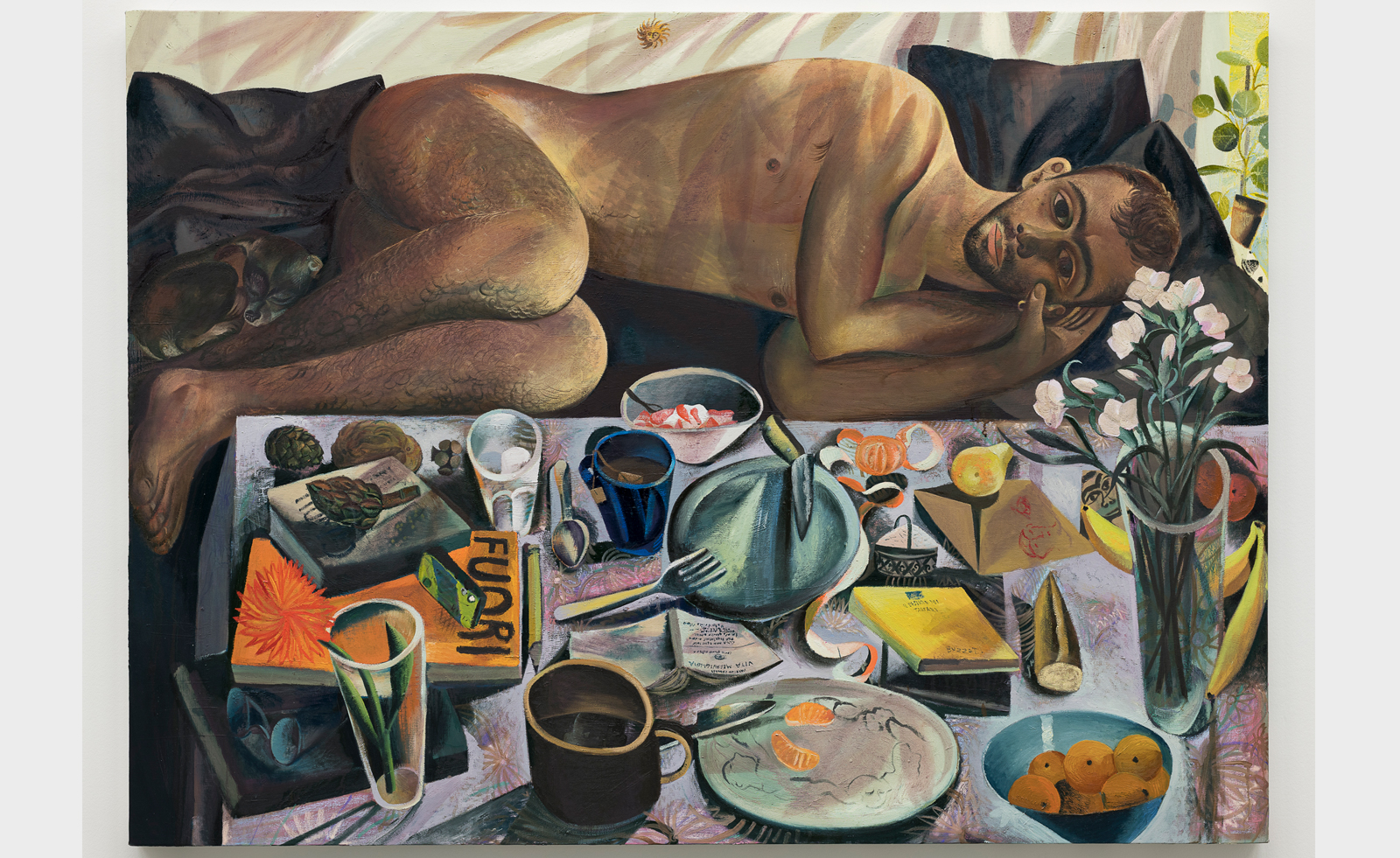 Louis Fratino leans into queer cultural history in Italy
Louis Fratino leans into queer cultural history in ItalyLouis Fratino’s 'Satura', on view at the Centro Pecci in Italy, engages with queer history, Italian landscapes and the body itself
By Sam Moore
-
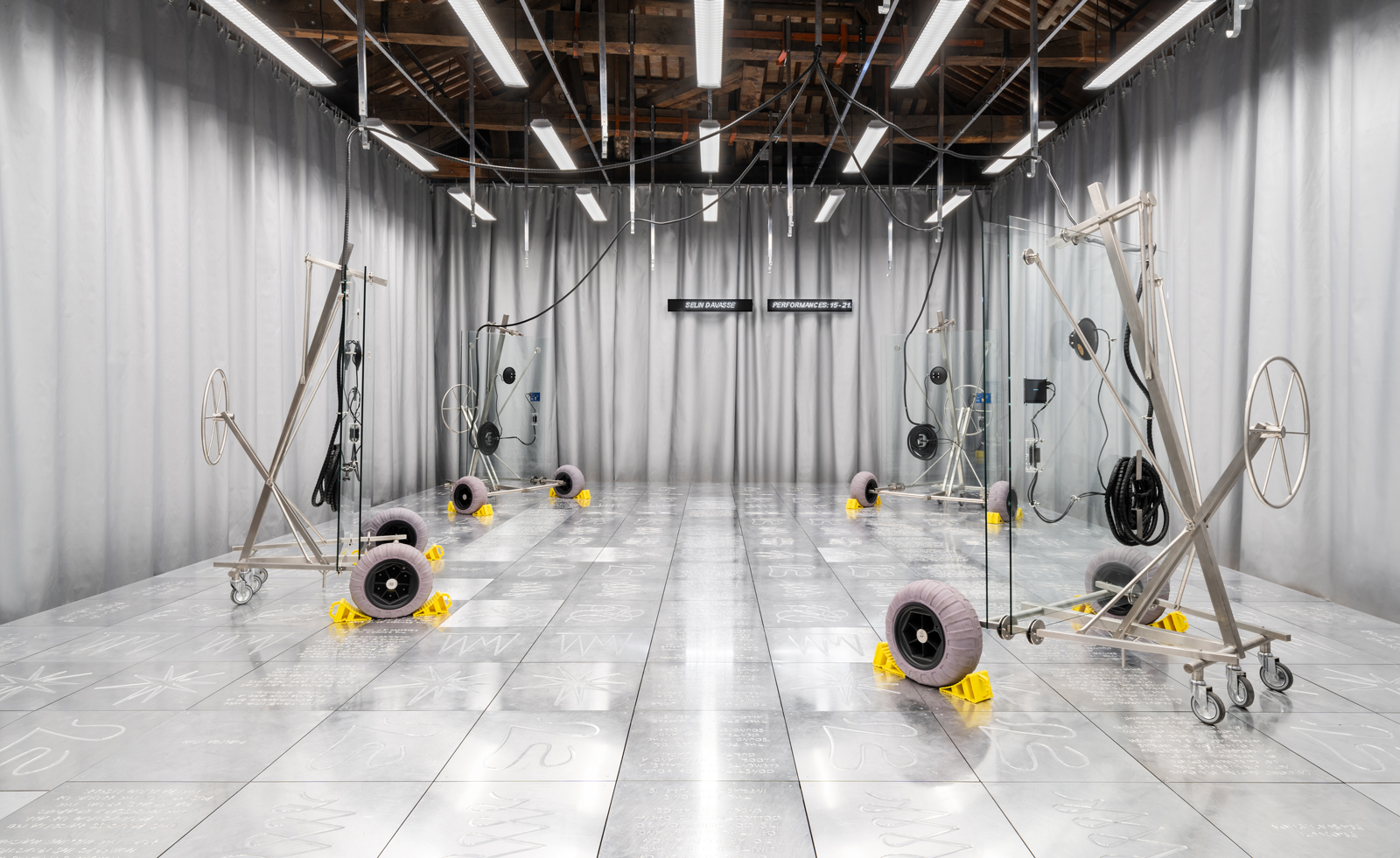 Don't miss Luxembourg's retro-futuristic lab pavilion in Venice
Don't miss Luxembourg's retro-futuristic lab pavilion in VeniceAs the Venice Biennale enters its last few weeks, catch 'A Comparative Dialogue Act' at the Luxembourg Pavilion
By Amah-Rose Abrams
-
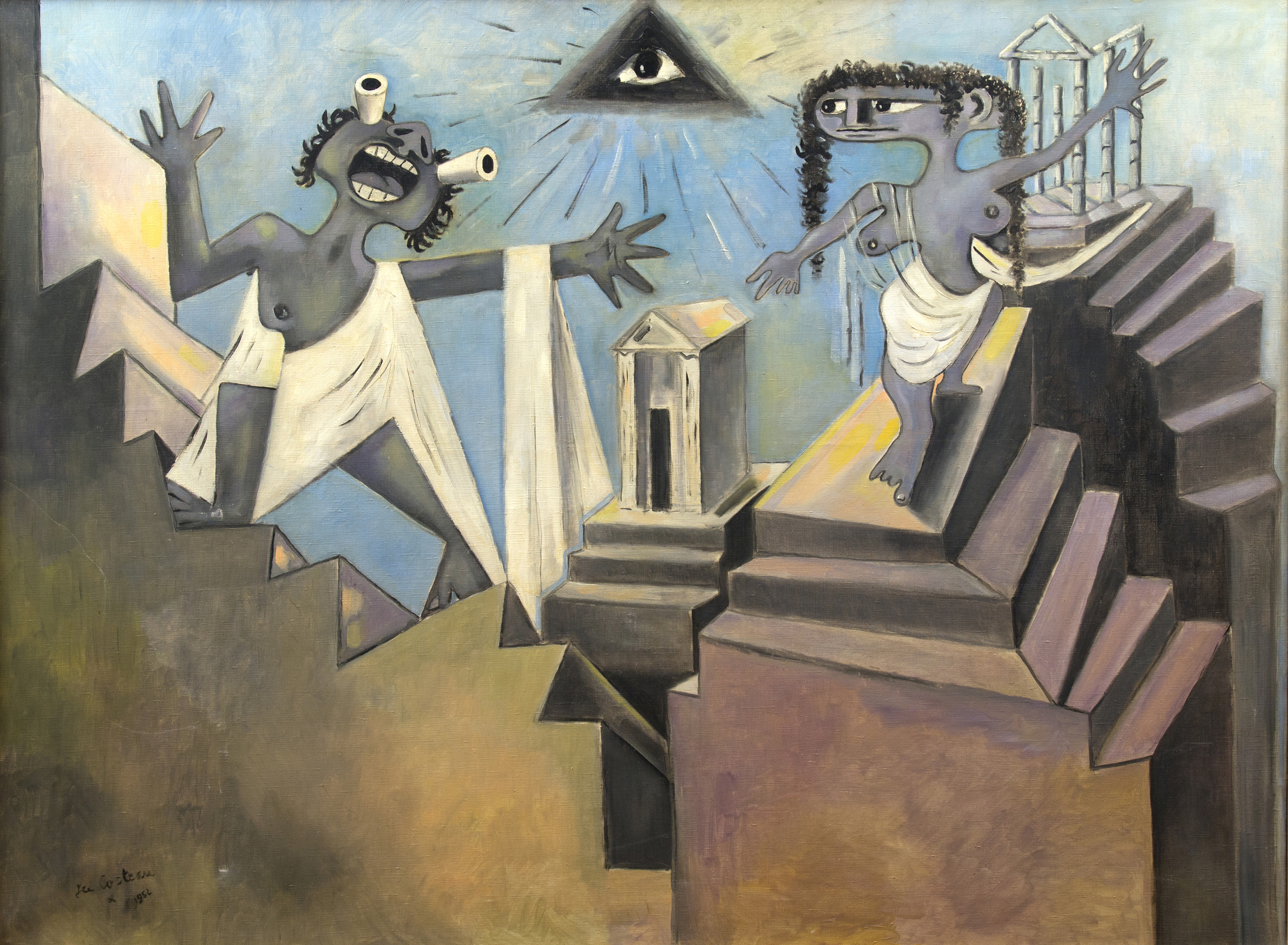 Portrait of a modernist maverick: last chance to see the Jean Cocteau retrospective in Venice
Portrait of a modernist maverick: last chance to see the Jean Cocteau retrospective in Venice‘Cocteau: The Juggler’s Revenge’, celebrating the French artist's defiance of artistic labels, is in its final week at Peggy Guggenheim Collection, Venice
By Caragh McKay
-
 ‘Everything human-made is of interest to me’: Hildigunnur Birgisdóttir in Venice
‘Everything human-made is of interest to me’: Hildigunnur Birgisdóttir in VeniceArtist Hildigunnur Birgisdóttir explores consumerism at the Icelandic Pavilion at the Venice Biennale 2024
By Hannah Silver
-
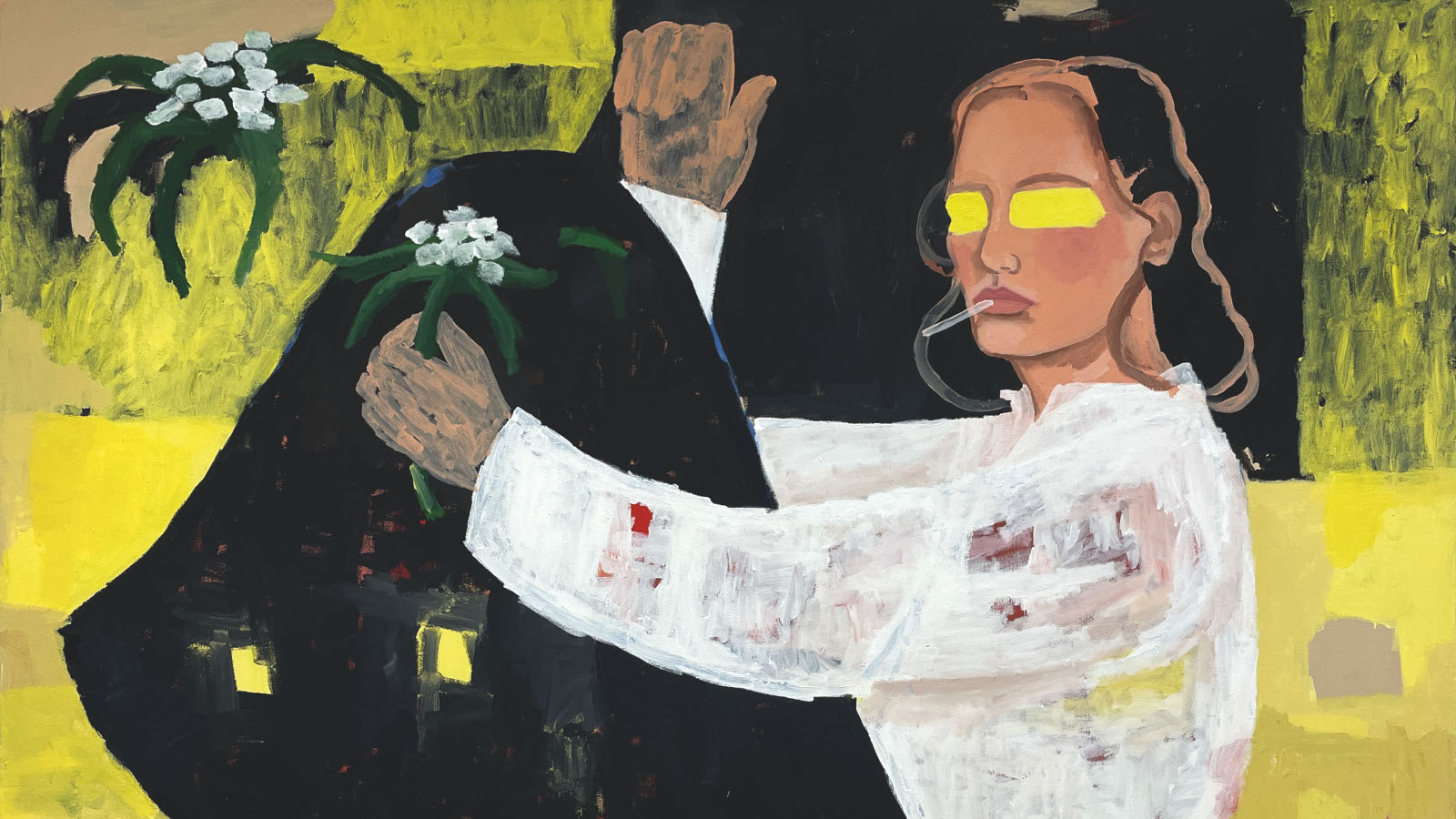 ‘Personal Structures’ in Venice is about ‘artists breaking free’
‘Personal Structures’ in Venice is about ‘artists breaking free’‘Personal Structures 2024: Beyond Boundaries’ reveals a rich tapestry of perspectives on the challenges of our time, from culture to climate and identity
By Nargess Banks